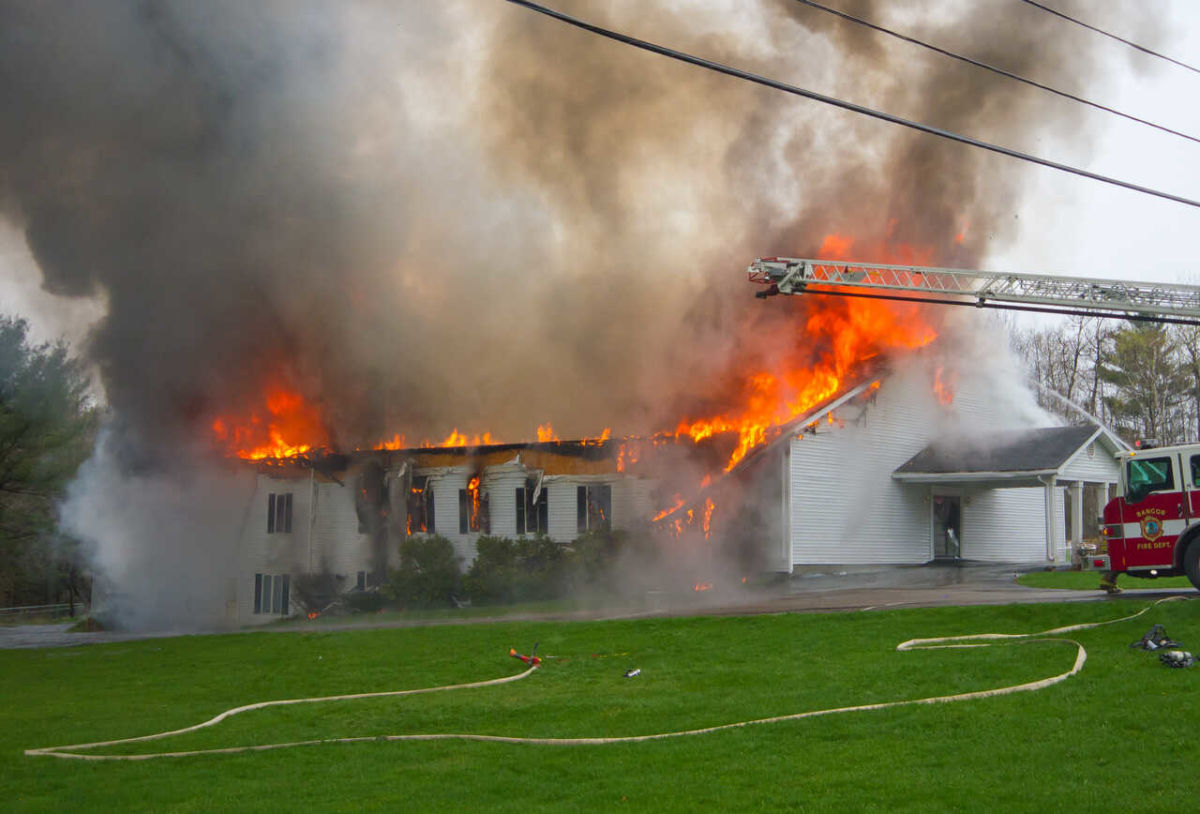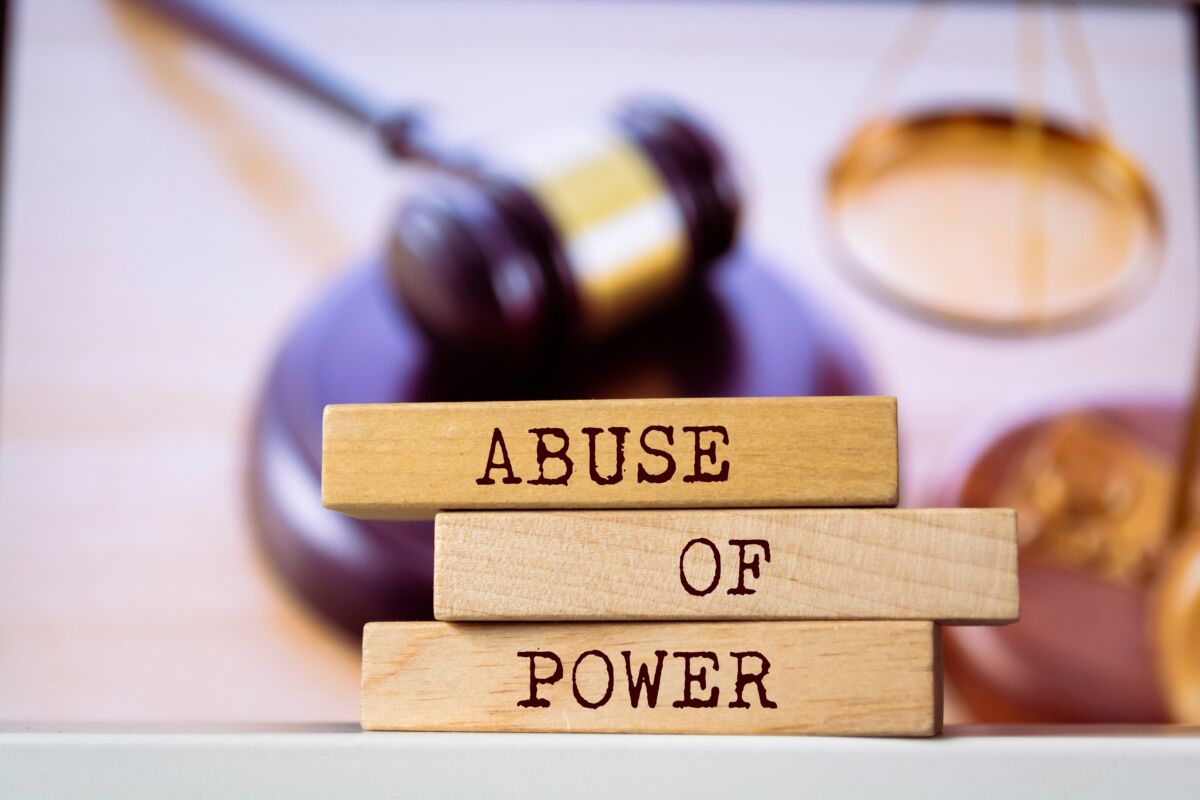Scorched Churches and Cancelled Statues
By Gerald Heinrichs
The giant Buddhas of Bamiyan were built in the 5th century. Those revered statues were blown up in 2001. Afghanistan’s Ministry of Virtue and Vice was instructed to destroy the Buddha statues “by any means available” and so they used dynamite. That destruction order spread out to hundreds of relics across the country. More than 2,700 artworks were destroyed at the Afghan National Museum.
Afghanistan’s religious leaders stated that the Buddhist objects had to be “smashed” because they were “contrary to Islam.” One official explained that right-thinking Afghan people “do not need these statues.”
Canadian leaders spoke out in 2001. The Foreign Affairs office issued a strong condemnation against the Taliban government and urged “tolerance.” At the same time, The Globe and Mail called the Afghan events “cultural vandalism.” The Edmonton Journal called them “barbarism against history and culture.” And The Ottawa Citizen lamented that Afghanistan was “ruled by savages and religious apes and fanatics.” Any approval of the Taliban wreckage was unthinkable.
Don’t lose touch with uncensored news! Join our mailing list today.
But that was then. In recent years Canada has been walking through its own story of destruction.
In February 2024 Regina’s Blessed Sacrament Church became, since 2021, the one-hundredth vandalized church in Canada. A gas-carrying arsonist was captured on video and his masked face made headlines around the world. The 100 church attacks were countrywide. Fourteen churches served congregations on Indian reserves. Eleven Calgary churches were hit on a single day. And at least 13 churches were burned to the ground. These were altogether unparalleled and tragic events.
Meanwhile, about 100 metres from Blessed Sacrament Church sits an empty corner in Regina’s Victoria Park. In 2021, the city council voted to remove the statue of Sir John A. MacDonald. The statue had been defaced and protested for weeks previous. Regina city council was only one of many to remove a MacDonald statue. Other city councils did the same in Charlottetown, Victoria, Baden, Kingston, and Picton.
Aside from those city council removals though, angry mobs destroyed other MacDonald statues. This happened in Montreal, Toronto, and Hamilton. At about the same time, multiple schools across Canada named after MacDonald changed their names. And in Saskatoon, John A. MacDonald Road was erased and replaced with Miyo-wâhkôhtowin Road. One by one, remembrances of the first prime minister vanished across the country.
Compared to the Afghan destructions though, there was a short supply of Canadian outrage over these events. Regarding the church fires, the executive director of the B.C. Civil Liberties Association said, “burn it all down.” Former Trudeau advisor Gerald Butts went on social media to jeer, “It’s understandable.” And at least three resolutions by Ottawa MP’s seeking to condemn the church attacks were voted down.
Meanwhile, the media site Kingstonist.com reports there was “music and dancing” when the MacDonald statue was removed in Kingston. YouTube videos show the Montreal crowd cheering as a mob pulls down the MacDonald statue and its head comes off. Former opposition leader Andrew Scheer held an outdoor rally defending the MacDonald statues and, in response, the Regina Leader Post called him “tone-deaf” and “comical.”
Canada’s seismic shift happened in May 2021. That was when the Kamloops Indian Band made the shocking claim of 215 “missing children” buried on the grounds of the local Indian residential school. That claim unleashed an alarming force in Canada. The church and statue attacks appeared to be unstoppable. Writing in the National Post, Conrad Black described the force as “unwarranted self-hate” and “a whirlpool of self-defamation.” Or as Friedrich Nietzsche wrote, those who suffer will seek out “the sweet honey of revenge.”
In later months though, the Kamloops grave claim was greatly disputed. The New York Post proclaimed it the “Biggest Fake News Story in Canada.” And a similar repudiation is laid out in Grave Error, Canada’s current-bestselling book. But many people reject these publications. So today two sides are standing apart almost like night and day.
It may be years before the nation can calmly talk about what has happened since 2021. A cascade of passion still covers the present. In the meantime, the road to truth and reconciliation is a troubled one.
Gerald Heinrichs is a lawyer in Regina, Saskatchewan.
















